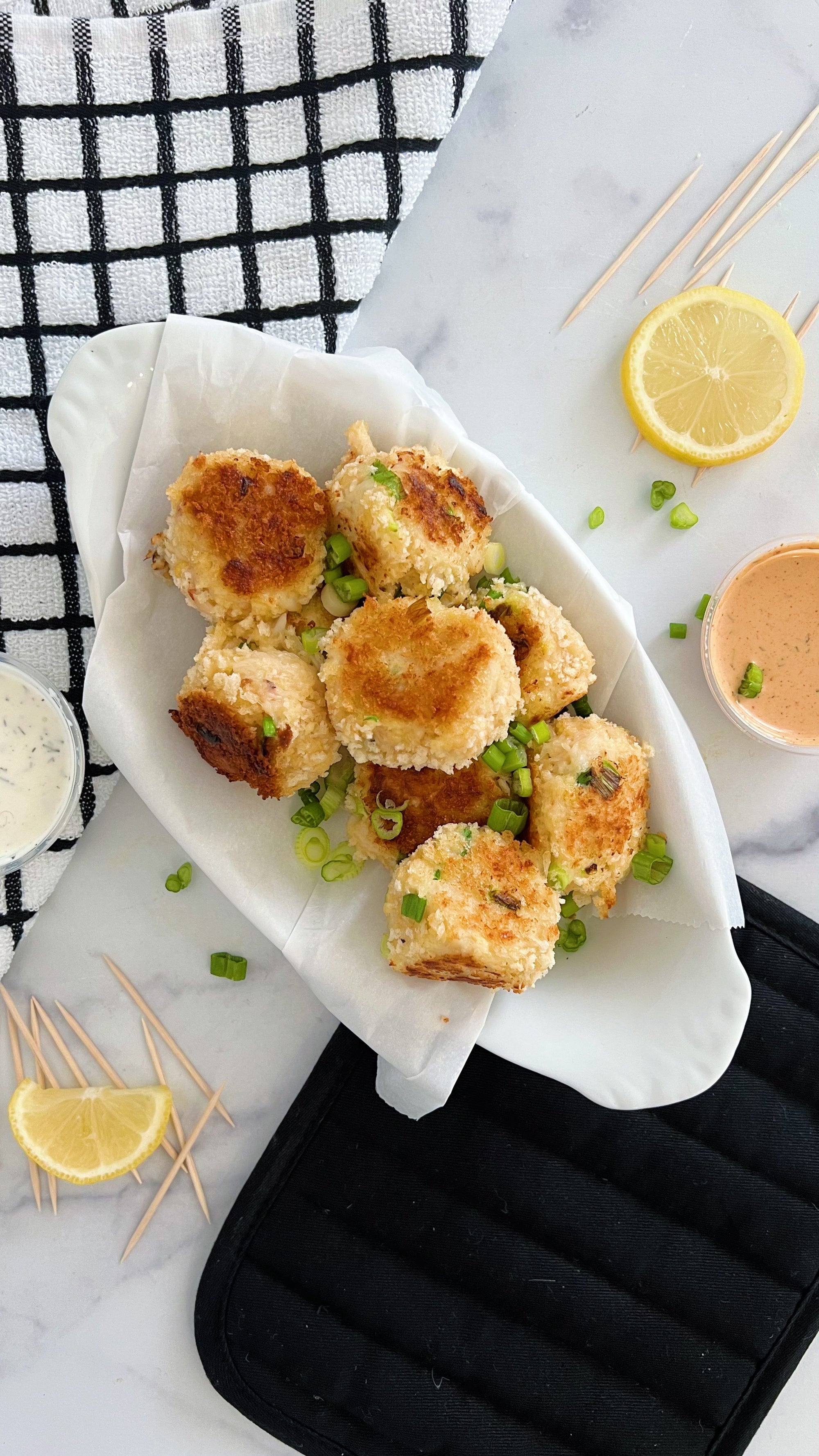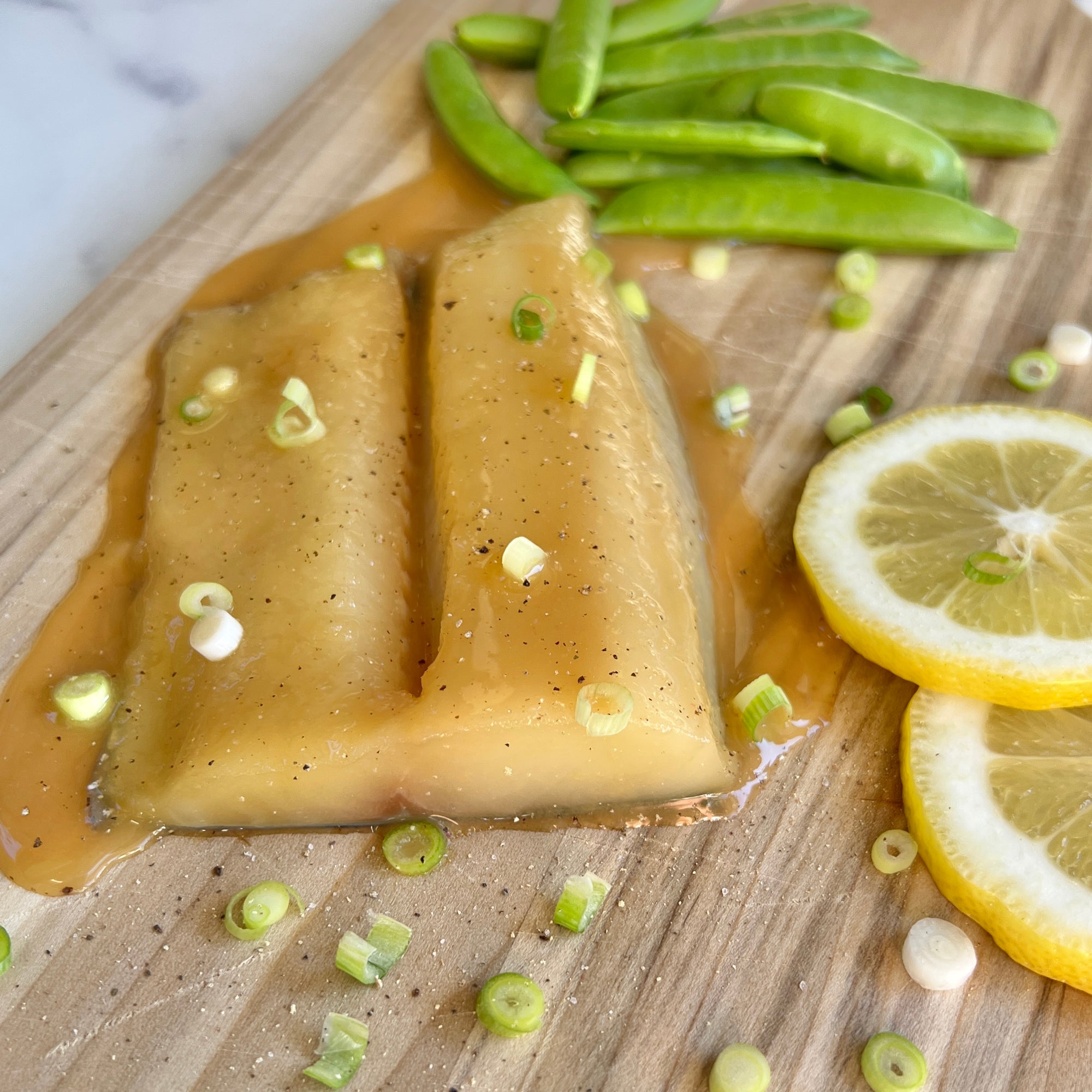Millions of people around the world have gout, a type of arthritis. Gout attacks can happen when crystals of uric acid build up in the joints, which causes severe pain, swelling, and inflammation.
Uric acid is made when purines, which are found in many foods, are broken down by our body. Uric acid usually dissolves in the bloodstream and leaves our body through urine. But if the body makes too much uric acid or the kidneys can't get rid of it quickly enough, it can build up in the body and turn into crystals that settle in the joints and begin to wreak havoc!
Attacks of gout can come on quickly and without warning, and they often happen in the middle of the night. The joint that hurts gets hot, red, and swollen, and the pain can be unbearable. Oftentimes it will happen in the big toe joint, known as the podagra. Attacks of gout can last for days or weeks and can be very painful, and a huge inconvenience to everyday activities.
Medication can of course help with gout symptoms, and speaking with your doctor about medication options is very important to tackle gout! From the prevention side, a low-purine diet is also a great way to stop attacks.
The purine limit per day for someone trying to avoid gout flare-ups can vary depending on several factors, including age, sex, weight, and medical history. The American College of Rheumatology recommends that people with gout limit their daily purine intake to no more than 400 to 500 milligrams per day; even lower may be better! A 2012 study published in the New England Journal of Medicine found that men who consumed the lowest amount of purines (less than 100 mg per day) had a significantly lower risk of gout attacks than men who consumed higher amounts of purines.
Some foods are high in purines, which can make you more likely to get gout. Red meat, organ meats, some seafood, and alcoholic drinks, especially beer, are all things high in purines, and important to limit or avoid completely. Not all seafood and fish have high purine levels!!
Here are some wild caught seafood and wild fish options that are safe to eat on a gout diet because they are low in purines:
1) Salmon: Salmon has a lot of omega-3 fatty acids and not many purines. It is an excellent choice for people with gout who want to eat more fish. Both wild Alaskan king salmon and wild Alaskan sockeye salmon are considered to be low in purines and can be safely consumed by people struggling with gout as part of a balanced diet.
Wild Alaskan King Salmon: 67 mg purines per 3.5 oz
Wild Alaskan Sockeye Salmon: 63 mg purines per 3.5 oz
These values are relatively low compared to other high-purine foods like red meat and organ meats, which can contain several hundred milligrams of purines per 3.5 oz.
2) Canned Tuna: Some kinds of tuna are high in purines, but skipjack and albacore tuna are considered low to moderate in purines and safe for people with gout to eat. Tuna is also a good way to get omega-3 fatty acids and protein. The purine content of canned albacore tuna can vary depending on the specific product and brand. Generally speaking, canned albacore tuna is considered to be a moderate-purine food, similar to fresh albacore tuna.
Canned Albacore Tuna: 84 mg purines per 3.5 oz
This is slightly lower than the purine content of fresh albacore tuna, which is approximately 90 mg purines per 3.5 oz. Some canned tuna products may contain added ingredients, such as oils or flavorings, that could increase the purine content.
Additionally, some types of canned tuna, such as those labeled as "light" tuna, may contain different species of tuna that could have varying purine contents.
3) Shrimp: While most shellfish are high in purines, shrimp has a low amount of purines, so people with gout can eat it in moderation. Shrimp is also a good source of protein and other essential nutrients. Wild Alaskan shrimp, including spot prawns, are generally considered to be low in purines and can be safely consumed as part of a gout-friendly diet.
Wild Alaskan Spot Prawns (cooked): 93 mg purines per 3.5 oz
While this is slightly higher than some other types of seafood like salmon, it is still considered to be a relatively low-purine food compared to red meat, organ meats, and some types of seafood like anchovies and sardines. By staying away from high-purine foods and eating more low-purine foods like salmon, tuna, and shrimp, you can help reduce the number and severity of gout attacks.
*A side note on high purine veggies...
There are some vegetables that have high purine content, but vegetables with high purines have not shown to have any significant effect on gout. It is recommended to continue eating all vegetables, including the high purine ones, since avoiding them has no significant effect on flare ups.



Comments
I am having my first gout attack at age 70, and it started after I ate 6 or 7 shrimp for dinner 6 consecutive days for dinner. No other meat for dinner. Everywhere I read it says shrimp, as with other shellfish, us high in purines, leading to high level of uric acid.
Is rockfish okay for a gout sufferer?
Is rockfish okay for a gout sufferer?
This study out of Japan gives purine levels in many foods. Three types of shrimp were tested, with very different levels of purines in each. For shrimp, it looks like the the species matters a lot, making it impossible to say shrimp in general are high or low in purines.
https://www.jstage.jst.go.jp/article/bpb/37/5/37_b13-00967/_html/-char/en
I’m sick of this darn gout and type2 diabetes too. Can’t eat nothing gotta watch everything you eat. You eat healthily and right and things still go wrong with you. I put all of this mess in Gods hands. Cause he didn’t make me like this, with all of these problems. I wasn’t born that or this way🙏🙏🙏
I agree with most of the responses. No consistency with what is high in purine or low. I feel it’s different with males and women over 50. I’ve been at this for only a short time. I just read it could take up to 2 yrs to get a handle on this Gout situation. I’m not one that like taking medication but I had to take myself off a certain prescription because it caused gout flare ups. One would think the physician would have known that once I started having flare uos often and lingering on. My last flare up switched to my right foot after a year being in my left foot off and on every other month or two. SMH.
This site sponsored by a company selling its seafood, not a responsible medical information site. Don’t believe everything they post. Many have pointed out that most information says shrimp are not good for gout. This misinformation negates any credibility of this site for any of the other information it presents, them though some of it is likely correct. A shame that I find so much inaccurate and contradictory information on this subject. The only consistently reliable site is Healthline.com
This is why you CATCH shrimp and should not give medically unqualified info about shrimp!
It seems almost impossible to figure out what has purines and what doesn’t. I swear I’ve read that milk is good, milk is bad, beans are good, beans are bad, oatmeal is good, oatmeal is bad, shrimp is good, shrimp is bad, tuna is good, tuna is bad. The list goes on and on. It sure would be nice if there was one, consistent story with this. I wouldn’t care if it wasn’t so MF-ing painful!
to Marc Jones: Haddock is not good for gout. Neither are sardines.